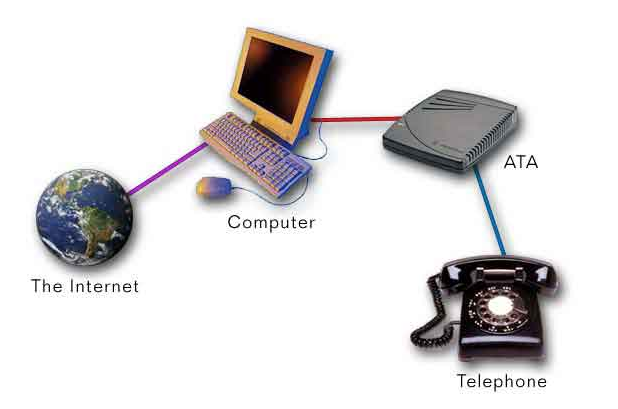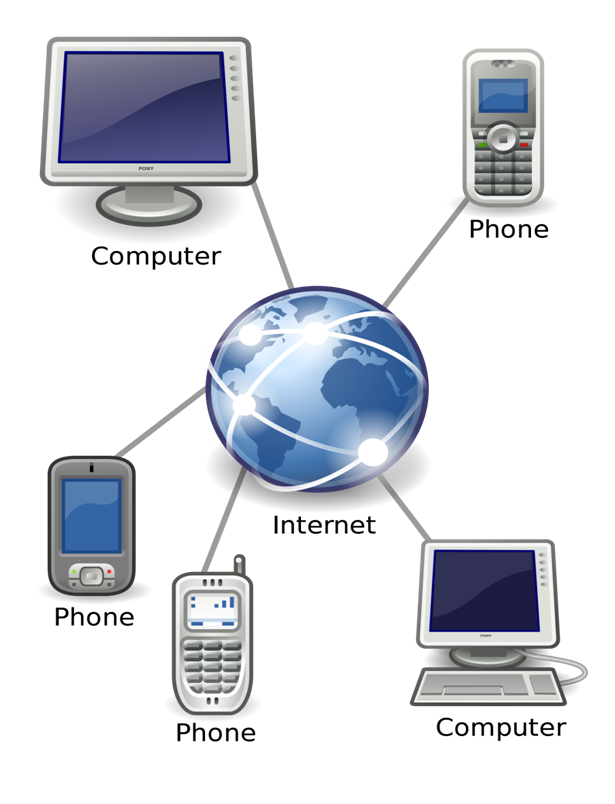The VoIP arena can be a minefield if you are new to it. In this second part of our guide to VoIP terms we look at some more of the things you will encounter when you start to consider VoIP options.

Session initiation protocol (SIP)
The most commonly-used protocol in IP-based telephony, SIP controls how a call is initiated and terminated. This makes it the basis of a complete AZ termination service. It can also be integrated into devices and web browsers.
Interactive voice response (IVR)
IVR provides an audio menu that the user can interact with via the buttons on their telephone keypad, such as ‘press one for accounts, two for sales’.
Foreign exchange station (FXS)
Nothing to do with getting your holiday money, FXS is a term used to refer to the interface that allows your standard telephone or fax machine to connect to a network or PABX.

Foreign exchange office (FXO)
An FXO is a device that allows a VoIP system from a supplier such as IDT EXPRESS to interface with the conventional PSTN telephone network.
Public switched telephone network (PSTN)
PSTN is the telephone technology whereby your phone line is connected to the local exchange, allowing it to make and receive calls over the established infrastructure. You will usually pay a line rental to access the network and be charged for each call depending on its destination.
Direct inward dial (DID) or direct dial-in (DDI)
Using a PABX system, this allows a business to give extensions on their PABX an external number so that they can be dialled directly without the calls having to pass through a switchboard operator.
Integrated services digital network (ISDN)
An international standard for sending digital data over telephone lines. ISDN can be used for voice traffic, data or video, with the traffic sent over the PSTN network. ISDN is often used to connect PABXs to the network, as it allows multiple ‘lines’ over one circuit.
Power over ethernet (PoE)
This is an internal networking technology that allows electrical power and data to be carried over an ethernet cable. It is frequently used for things such as IP cameras so that only a single cable is needed to the device.
Transmission control protocol (TCP)
TCP allows programs to link to and transmit data over a network.
